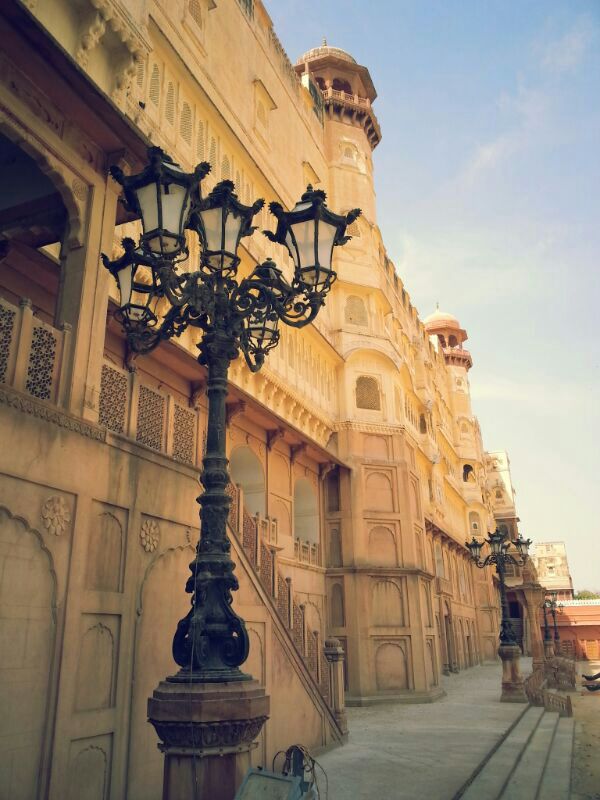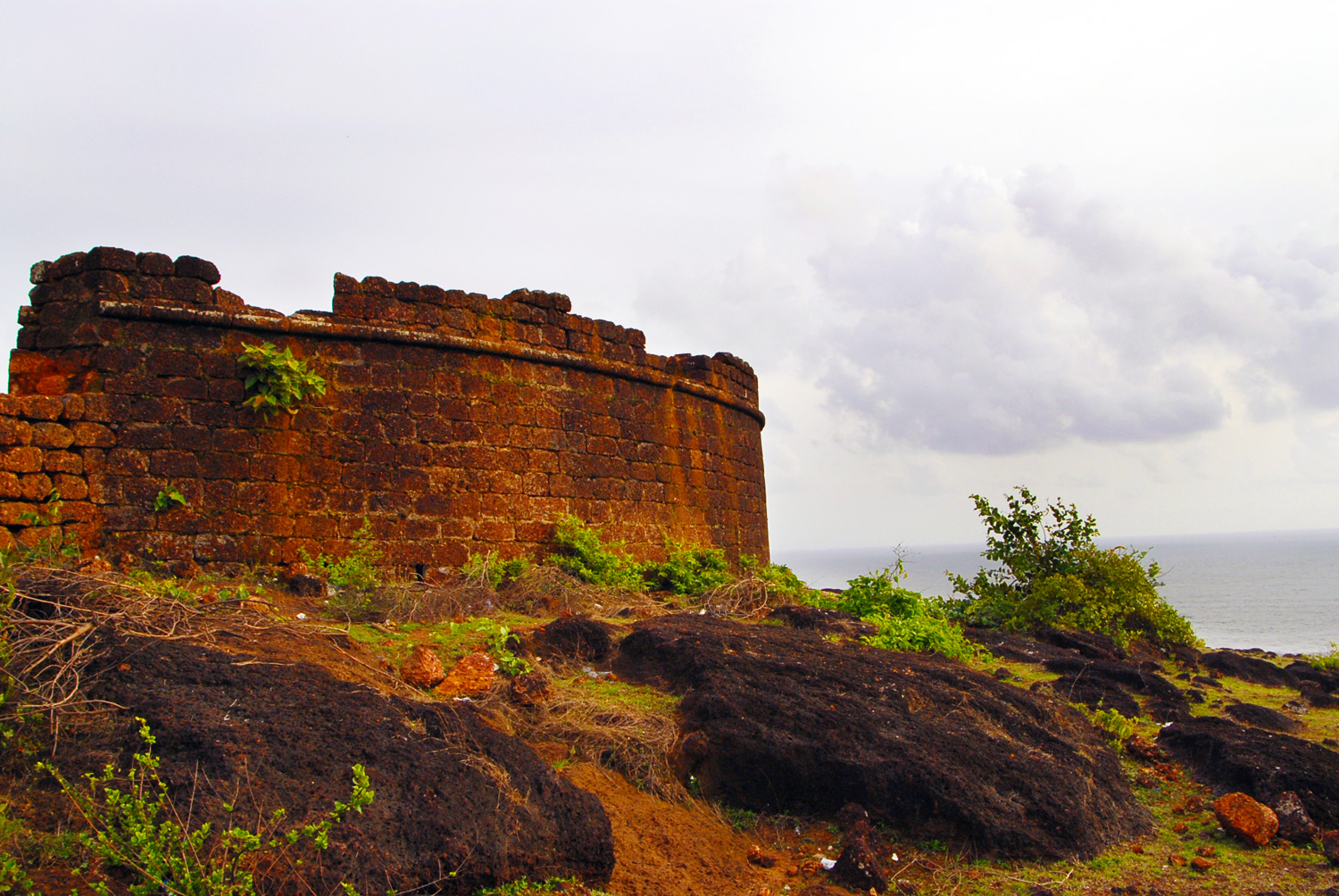I have not come across such a huge and complex structure of a fort so far during my cycling journey. I have been to many forts in South India and other parts but the Junagrah Fort is what actually impressed me with its structure, the way it was built, and how it has been well maintained with all the royal heritage excellently preserved. The Junagarh Fort is one of the few major forts in Rajasthan that was not built on a hilltop and it is situated in the arid region of the Thar Desert, with the Bikaner city thriving around it.
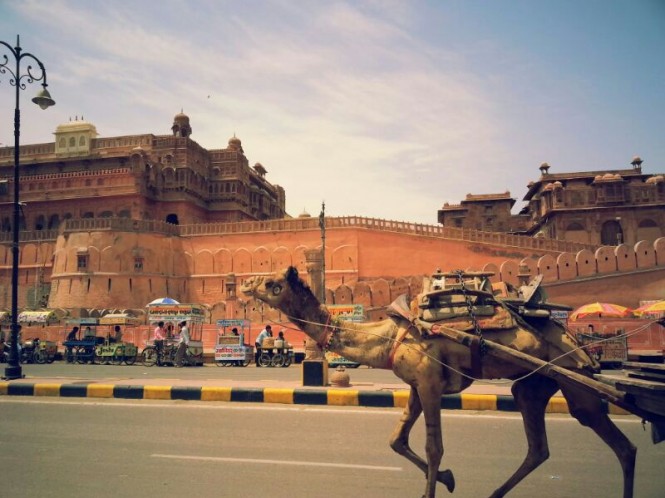
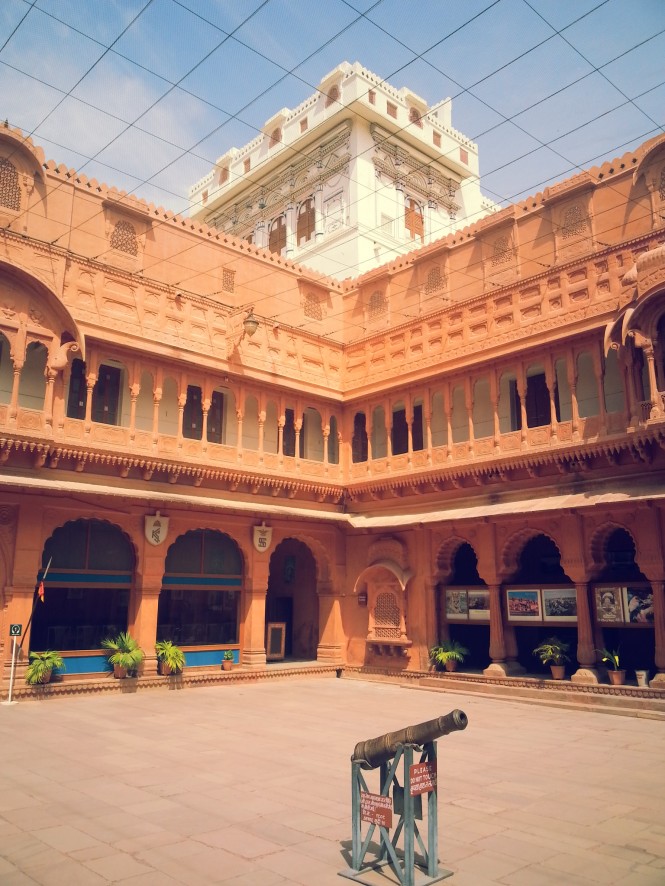
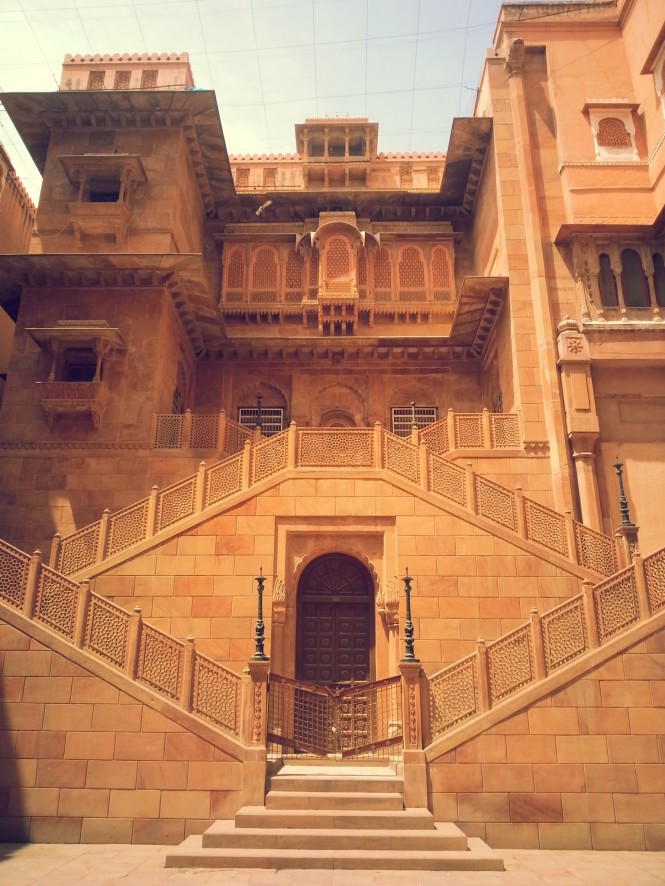
The entrance fee to the fort is Rs. 50 per person and Rs. 30 for its museum. A guide is also provided and tourists are sent inside in a group of 8 to 15 people. This fort was built under the supervision of Raja Rai Singh of Bikaner during 1589-1594. Entrance to the main fort is through many gates, known as prole, with iron spikes on it to prevent any ramming from elephants during earlier times of enemy attacks. At the first gate, sati prints can be seen. These are the hand prints of queens who immolated themselves on the pyre of their husbands after getting widowed.
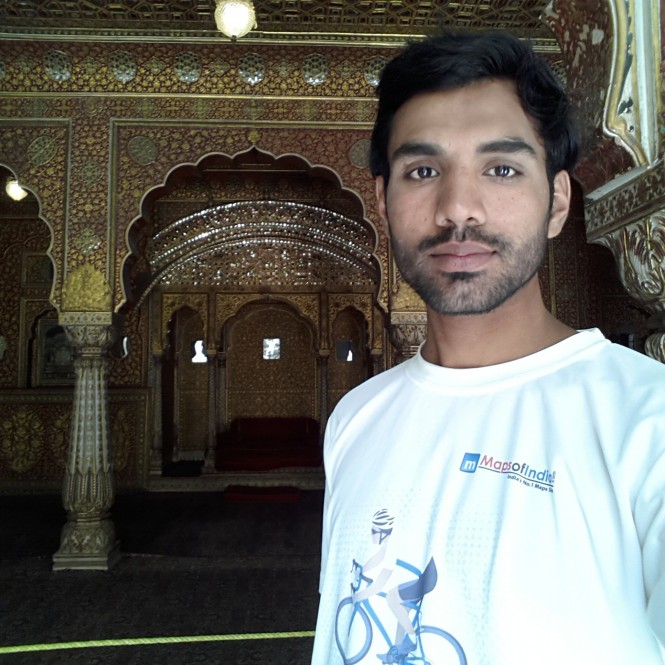
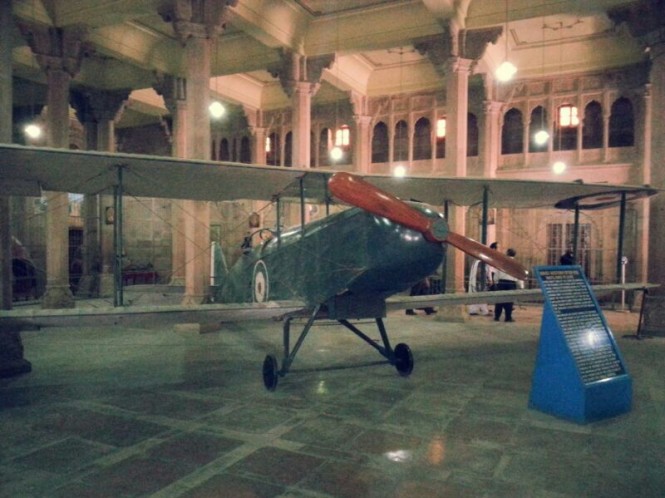
There are various mahals inside the fort, built by different kings who did not want to live in the same mahal as earlier. This fort is built of red stone and marble, including carrara. In Karan Mahal, there is a 300-kg chair of the maharaja. It’s kept in a room full of gold carvings on the walls and ceiling. Gates weighing 65 kg and made of pure silver are safely enclosed in a glass panel so that no one can touch them. Restoration work has been started to give the fort a new look by the present royal family and the trust of the fort. The smallest of the details and intricate wall paintings completely blew my mind away when I looked at them very closely. The characters from the Ramayana are carved out on the top of the wall touching the ceiling.
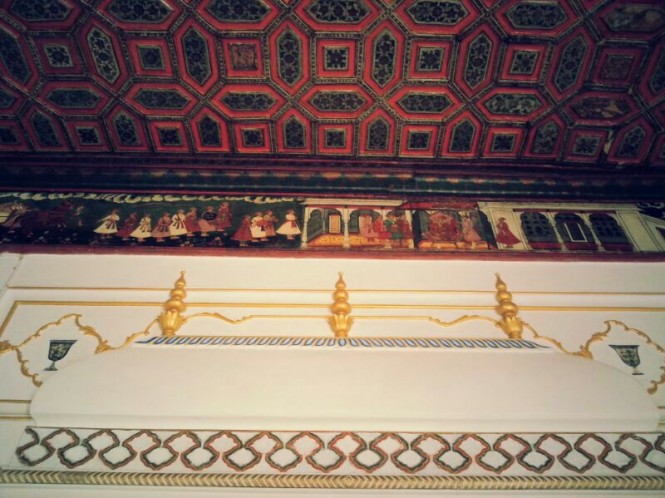
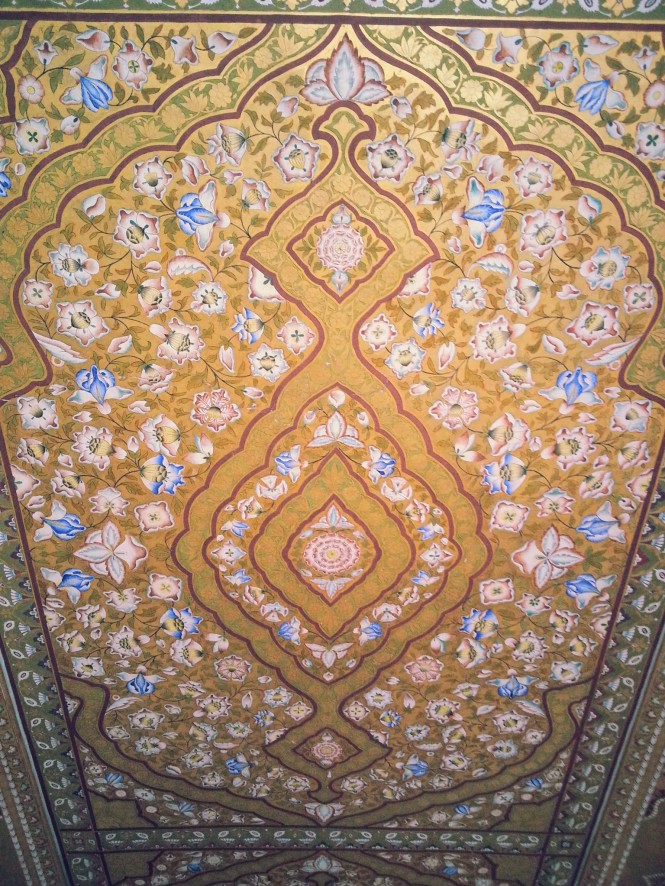
Weapons like sword of Akbar, shield and sword of Rao Jodha (founder of Jodhpur) and many other armours used by various rulers are well kept. I also saw the nail spikes put on a plank on which people used to walk, which showed their faith and courage. The jalis or jharokhas through which queens used to view the listenings in the Diwan-e-Khas court and the city are also unique. A separate corridor was there for the queens to walk. A bed on which king used to sleep is cordoned off by a rope. It was kept very low so that no one could get under king’s bed and was small in size so that king could get up on his feet in case he was pinned down to his bed by his enemy.
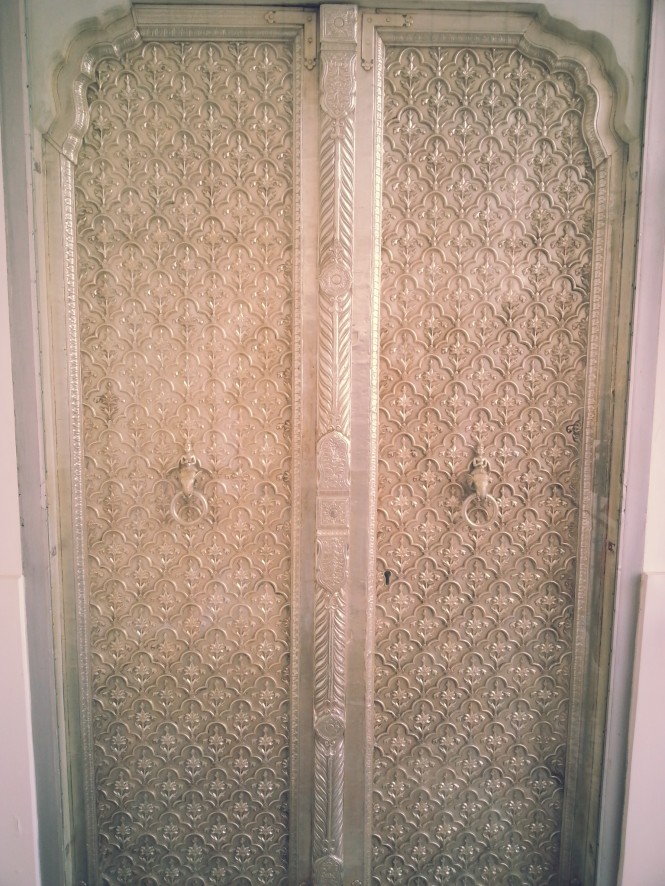
The stairways are very narrow, so that enemies could not enter in groups and could be killed from above one by one. From top of the fort, one can get a very nice view of the Bikaner city and the palace garden. An airplane used in World War 1 is kept well preserved inside the fort. It was gifted by the British to the then king of the city for his services during the war. There are various other weapons here from World War 1 and 2.
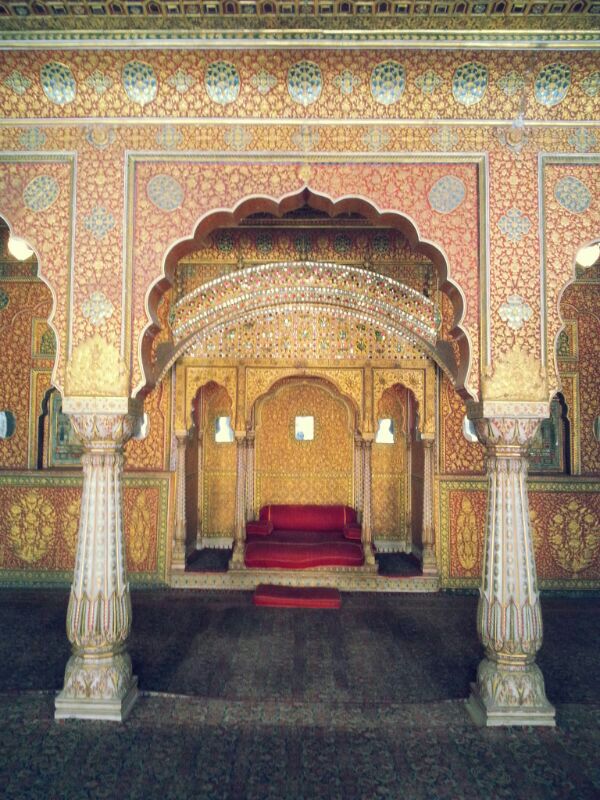
The Pranchina Museum, just beside the fort, showcases various artifacts from the times of past kings and queens, such as clothes, paintings, palanquins, glassware, carpets, etc. All in all, this fort is worth a visit on your trip to Bikaner.
Related information :

